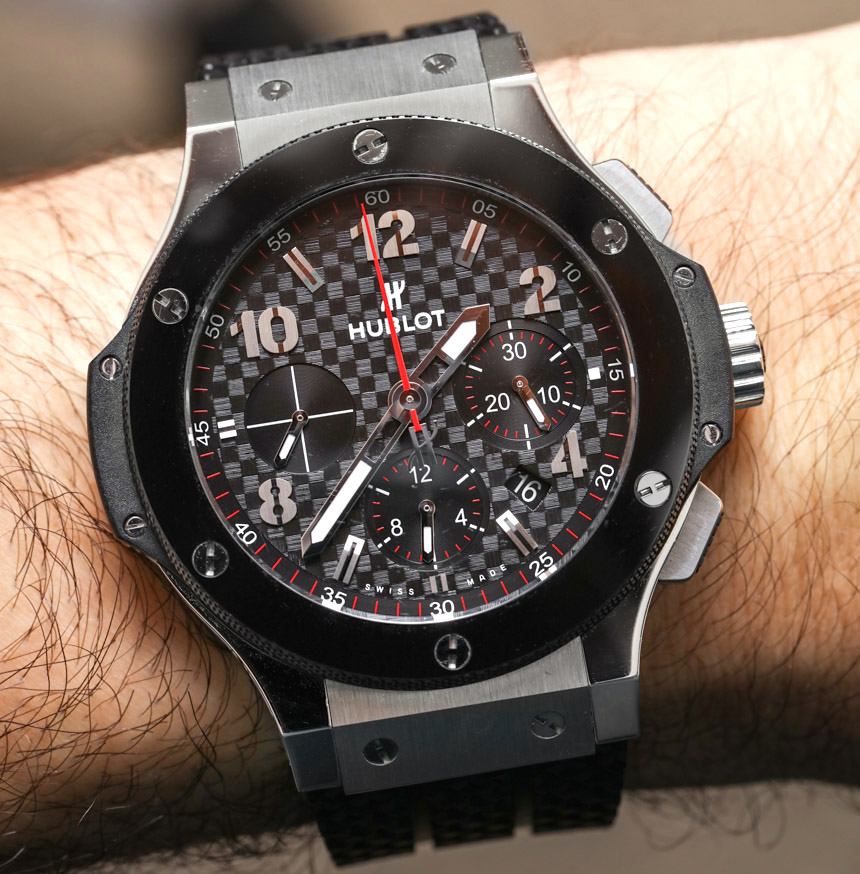
Few watches have been as disruptive and defining in the current era as the Hublot Big Bang. I’ve spent considerable time writing about Hublot timepieces, but I’ve never actually reviewed the initial Hublot Big Bang 44 watch until now. Many of the original designs continue to be produced today, so this watch – while associated with the original design – was produced recently. During my review I also spoke with Jean-Claude Biver about the Big Bang, since it was the first major release under his ownership of Hublot. Today “Big Bang” could well be the most well-known watch model name released in the post-year 2000 era. Its masculine and polarizing design is highly indicative of luxury in our modern era, and quickly receives opinions from both fans and opponents.
Let’s go over a little bit of history first. Hublot as a brand began in the early 1980s, around 1981. The word “hublot” means “porthole” in French, that was the aesthetic influence behind the brand’s case designs. Of course Hublot wasn’t the first company to produce watch cases inspired by portholes. About Ten years earlier in 1972 Audemars Piguet released the Gerald Genta-designed Royal Oak whose case (while different looking) was also inspired by portholes.
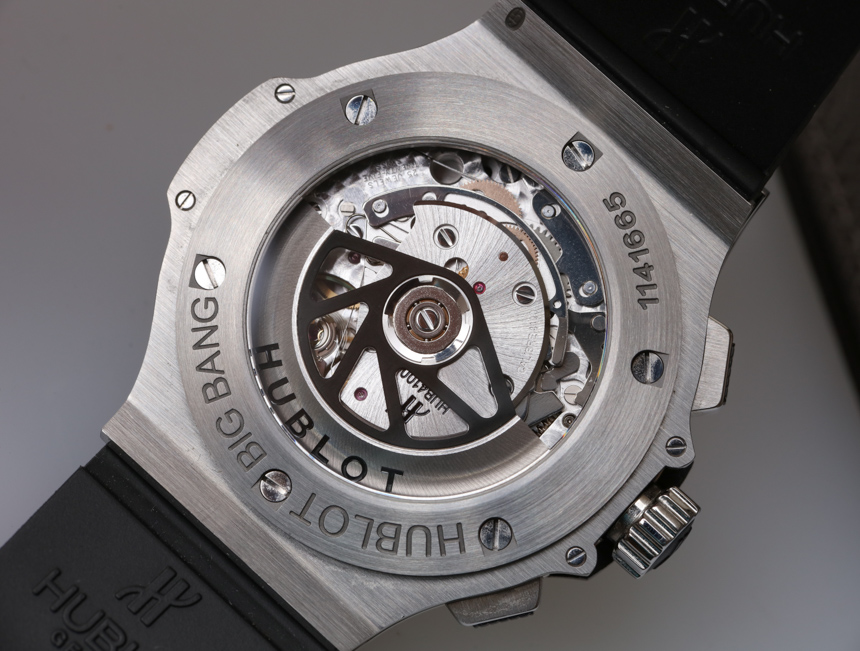
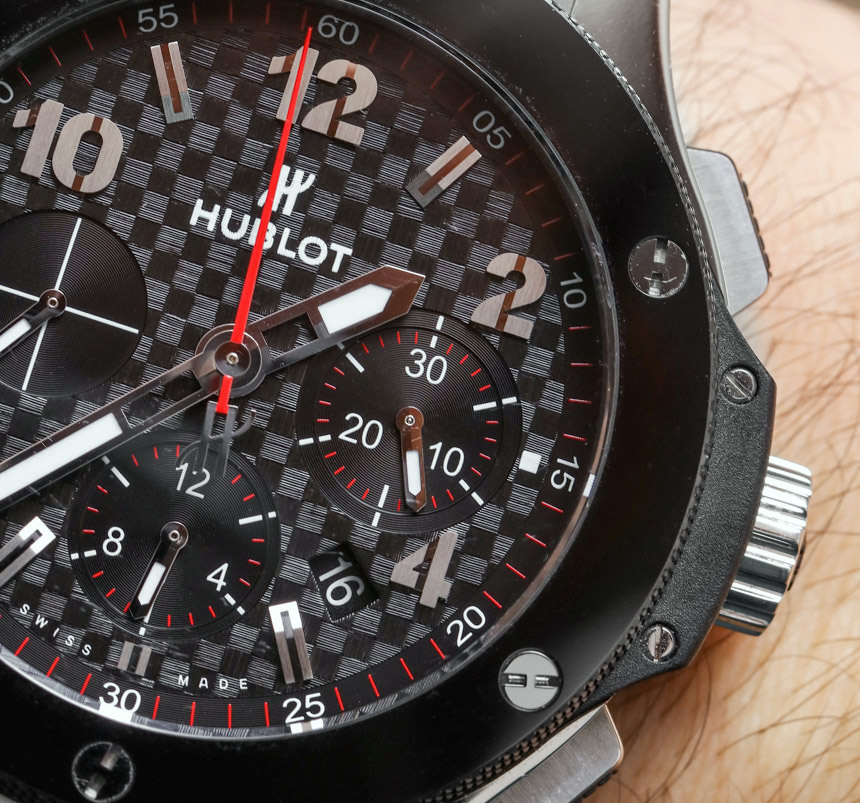
Hublot has a relatively quiet history like a pleasant but ultimately small watch brand that did itself the disservice to be founded during the height of the quartz crisis. In the late 1990s and early 2000s Hublot wasn’t thriving and was apparently searching for a buyer. That buyer ended up being Jean-Claude Biver who recently came from Omega and Blancpain (the latter of which he sold to the Swatch Group).
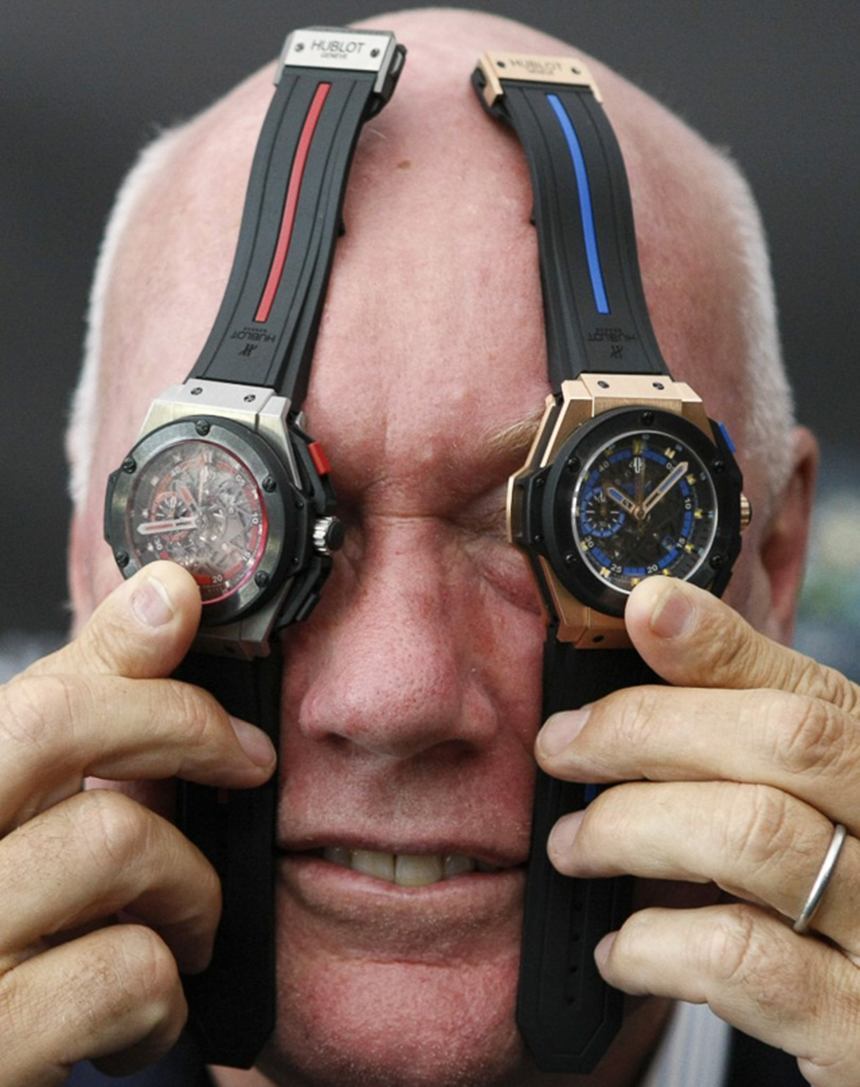
Biver told me a few years ago that Hublot was losing several million dollars a year when he acquired it (I am guessing for a very good price) and in 2004 he officially became the CEO. In 2005 his radical plan to reform the brand started with the launch from the Big Bang. The design built around the classic porthole sports watch case that Hublot was founded on, but made for a new generation, in a boldly large size, having a strong, hyper-masculine design. More so, the timepiece was meant to embody Mr. Biver’s famous marketing slogan for Hublot of, “the art of fusion.” This clever slogan more or less meant that Hublot watches were a fusion of materials, textures, colors, and aesthetics. To this day, Hublot can easily be credited as being a pioneer of incorporating an entire slew of previously “non-luxury” materials in regular components of high-end wrist watches.

My First Experience With A large Bang
My first experience with a Hublot Big Bang watch was in about 2006 – about one year after its original release. I’d heard about the watches but never seen one on public. It was more than a year prior to when aBlogtoWatch even started. I encountered the Big Bang in a rather unlikely place. At that time, I was a poor law school student but given that I spent much of my time in class surfing for watches on eBay and the sales area of forums (which at the time were really popular) I was always looking for a good deal.

One day I discovered a particularly uncommon limited edition Japanese Citizen Campanola watch which was being sold by someone who didn’t live too far away from me. The guy wanted just a bit more than I was able to spend, however i wanted to see the timepiece personally to see if I liked it as much in the flesh as I did in pictures. And so i arranged to meet him at his condo. I still can remember the odd feeling I had while strolling to his place that I was about to enter the home of a stranger in order to possibly buy a high-end watch. How young and nave I was… These days I meet with strangers all over the world and fondle their watches.

So I enter this man’s home – who been a dentist. Something about that amused me because most dentists take their watches off while practicing – so this guy’s dedication to the horological hobby was worth admiring. Ironically, a few years later I spent a few seasons being the Watch Editor for any lifestyle magazine run with a dentist that I chose to use specifically because I like the publication’s clever name: Incisal Edge.
Entering the dentist’s home, the very first thing I noticed was a glass display case filled with small model commercial airline planes. “Watch individuals are weird collectors,” is exactly what I recall saying to myself. The man instructed me to sit down on his deep brown leather couch and brought over the Citizen Campanola watch I had come there to see. The piece had one of those very strange artistic and very Japanese market-style designs. I kind of loved it, but I didn’t $3,000 like it – especially since it was a high-end quartz watch and I knew that very few people out there would appreciate its artistic merits when i did. That wisdom is true today when it comes to high-end JDM (Japan Domestic Market) watches by having an artsy twist to them.
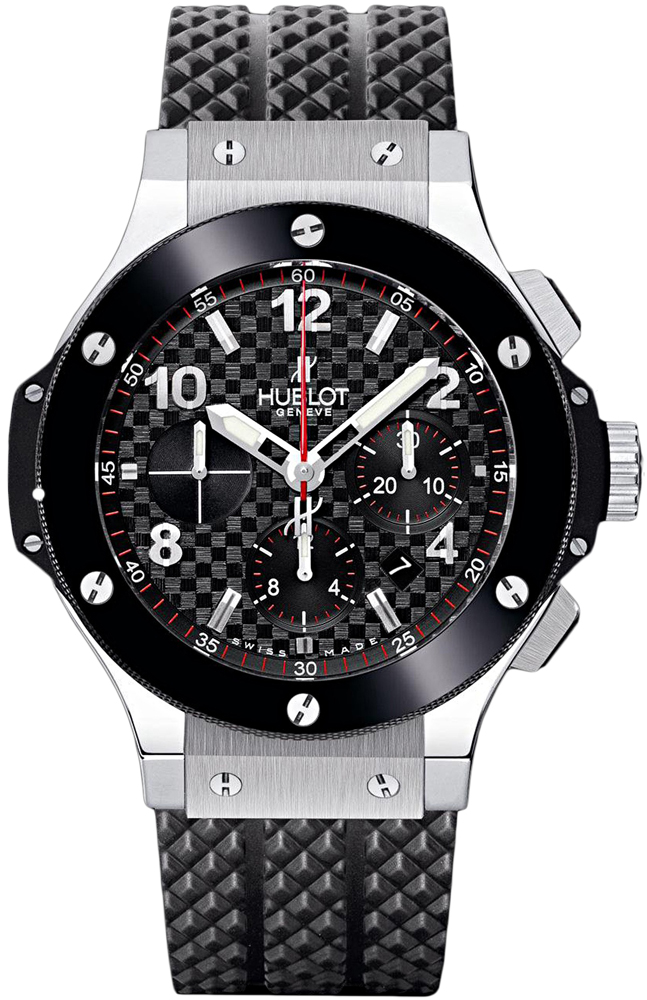
As I sat there and carefully considered the potential watch purchase, I asked the dentist why he desired to sell it. The Citizen purchase itself was so obscure, and it certainly wasn’t the type of watch to be flipped. The guy responded by saying that he had just made a much more expensive watch purchase and was looking to help pay it off. So selling the Citizen ended up being to help make room for something he needed more. What could it be? He walked off into another room to get his new coveted purchase.
I didn’t notice how long he was gone given attention to the Campanola chronograph with the hand-painted dial that I was torn about getting. When the dentist returned, he proudly handed me a Hublot Big Bang smiling and saying “perhaps you have see one of these?” I hadn’t.
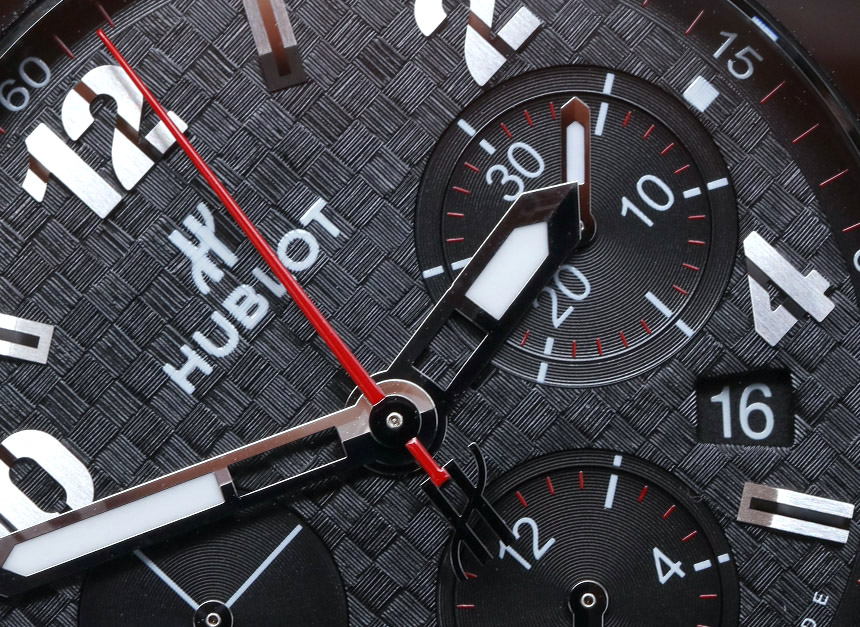
The first thing I recall noticing on the Big Bang was the applied military stencil-style hour markers and just how cool they looked. The rubber strap design struck me as being a bit odd, and overall I remember feeling as though I’d never held a watch in my hands that was that can compare with it. I didn’t know at the time whether or not I was a Big Bang fan, but it left a deep impression i believe and I could understand why the dentist got so excited about it. If anything, the Big Bang was impressive for being actually quite different than things i think most watch lovers were utilised to circa the mid-2000s. A few years later, that will all change.
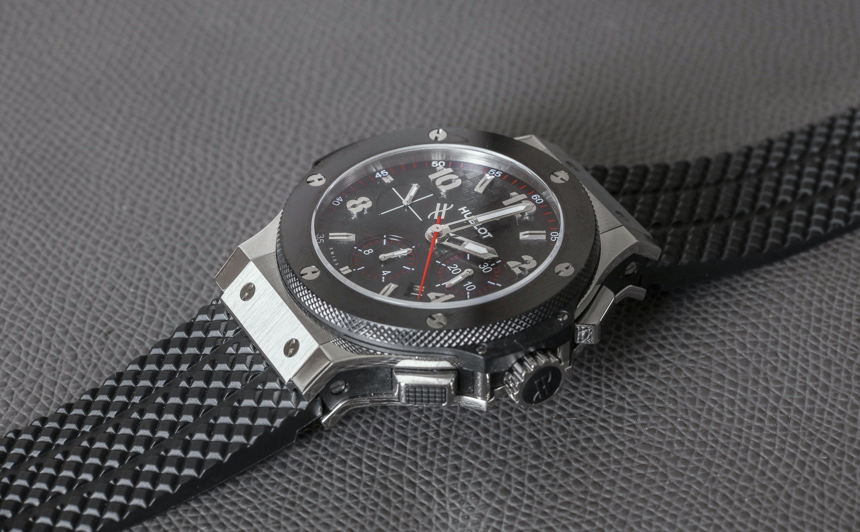
The Art Of Fusion In Action
The Hublot Big Bang 44 reference301.SB.131.RX (there is a 41mm wide model of the same style too) I am reviewing here is the same exact model that I was shown for the reason that dentist’s living room over a decade ago. Now it is on my wrist, even though it is one of many Hublot timepieces I’ve put on my wrist. The final Hublot I reviewed was the spiritual successor (just the more modern and more technically interesting model) towards the original Big Bang that was the Hublot Big Bang UNICO watch. With that in mind, the Big Bang 44 has a unique look and wearing experience. When compared to Big Bang UNICO, this earlier model is a bit more simple, slightly smaller, and at this time actually feels more classic (which it technically is).
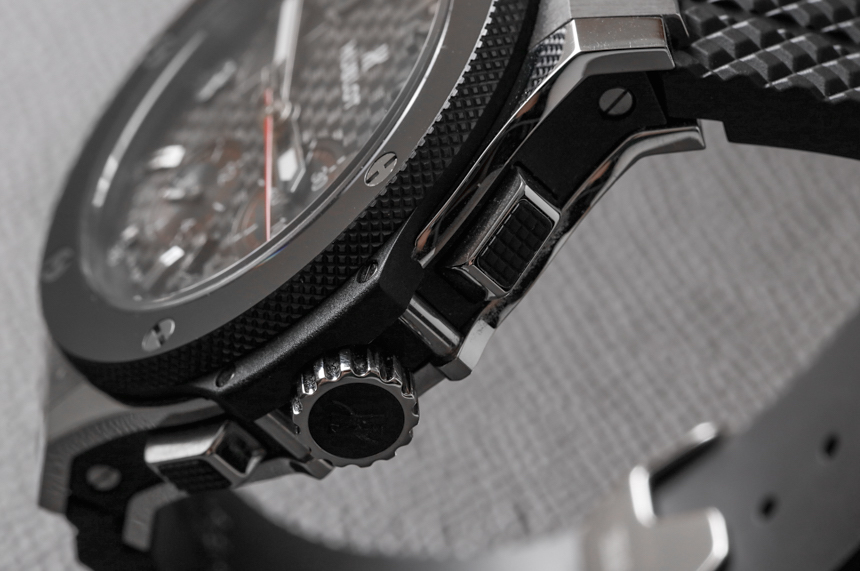
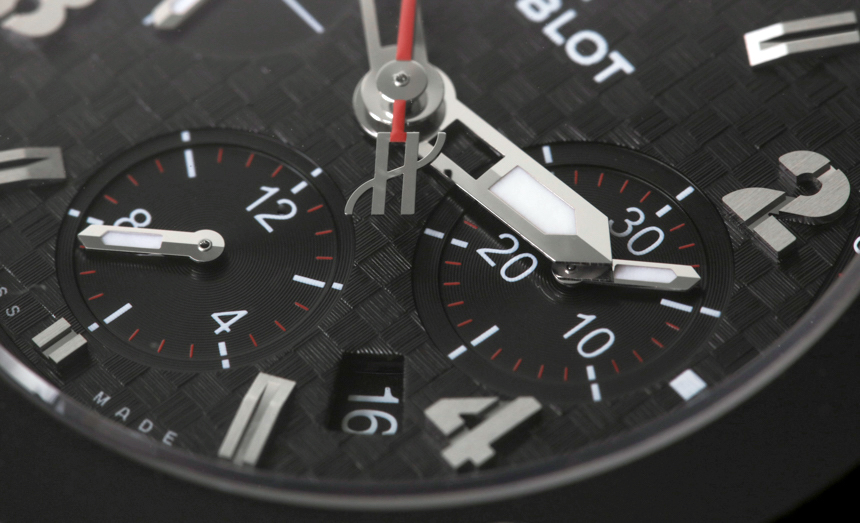
A brand known for supplying considerable price and luxury building in the watches that they produce, Ball Watch 36mm Watch Company is once again introducing another fascinating timepiece for his or her growing Engineer collection. The Ball Engineer III CarboLIGHT is your brand’s latest model along with a watch that fuses two revolutionary materials in to the case construction. Here, carbon fiber and mu-metal are both utilized to create a case that is ultra-light, corrosion resistant, and highly anti-magnetic. Ball refers back to the as their CarboNANO technologies and now, the Ball Engineer III CarboLIGHT can be obtained for a very special pre-order price.Together while using accompanying stainless steel model — the Ball Engineer III IronLIGHT — the CarboLIGHT marks Ball’s latest plunge into the world of producing robust timepieces with advanced materials. Perhaps the model’s most standout feature is its case, which has a different irregular pattern that makes each watch unique. This can be a distinguishing trait that’s a result of using carbon, which weighs about 50% less than stainless steel and provides a significantly lighter feel that’s long-lasting. Under the top, Ball also incorporates a full coating of mu-metal round the movement that allows the watch to both draw and deflect inactive or low-frequency magnetic field lines for interference-free functioning. Pair this with Ball’s Amortiser system which protects against extreme shock, and you also own a watch which may get you via anything.The Ball Engineer III CarboLIGHT is available in both 40mm and 43mm case sizes with a thickness of 13mm. Both versions are carefully balanced as well as the bigger version is intended to wear comfortably thanks to this case’s lightweight properties. A large crown enables simple operation and a durable scratch-resistant sapphire crystal with date magnifier rounds outside from CarboLIGHT’s sleek design.
The sandwich-style case design is where a lot of the “art of fusion” comes into play. Hublot designed the Big Bang this way so that it could mix and match materials and colors. Being able to have a modular case design was a fundamental part of the original concept. This watch case makes use of steel, resin, titanium, ceramic, and rubber. Other Big Bang models have featured a large host of other materials ranging from gold to carbon fibre and even magnesium. Today, Hublot is still a big fan of using novel and interesting case materials for luxury watches. Other brands quickly followed suit.

